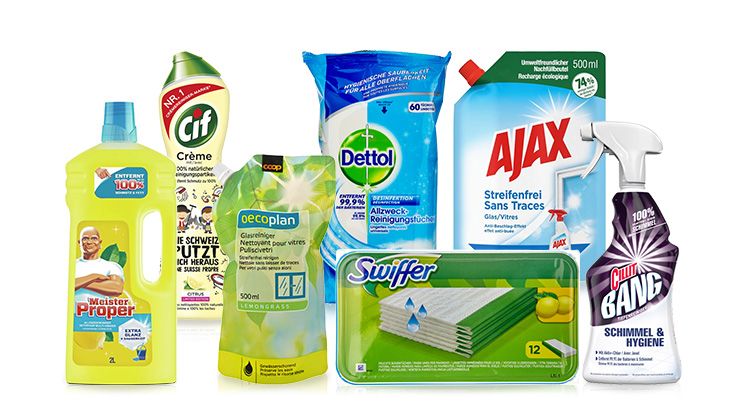Innovative Storage Solutions for Dry Products: Maximizing Shelf Life and Quality
2 min read
Proper storage of dry products is crucial to maintain their freshness, quality, and shelf life. Whether you are storing grains, spices, or other dry goods, implementing effective storage methods is essential. In this blog post, we will explore innovative techniques and best practices for storing dry products, ensuring their longevity and preserving their optimal quality.
- Temperature and Humidity Control:
Controlling temperature and humidity is vital for preventing spoilage and maintaining the integrity of dry products. Ideally, dry goods should be stored in a cool, dry environment with temperatures ranging between 50°F and 70°F (10°C to 21°C). High humidity can lead to moisture absorption, resulting in clumping, mold growth, and loss of flavor. Consider using dehumidifiers or moisture-absorbing packets to maintain an optimal storage environment. - Airtight Containers:
Using airtight containers is an effective way to protect dry products from exposure to air, moisture, and pests. Opt for containers made of food-grade materials such as glass, stainless steel, or BPA-free plastic. These containers should have airtight seals to prevent air circulation and moisture absorption. Vacuum-sealed containers are particularly useful for long-term storage, as they remove excess air and maintain product freshness. - Proper Labeling and Rotation:
To ensure the freshness and quality of stored dry products, it is essential to practice proper labeling and rotation. Clearly label containers with the product name, date of storage, and expiration date. Implement a first-in, first-out (FIFO) system, where older products are used before newer ones. This practice helps prevent the accumulation of expired or stale goods and ensures that products are used in a timely manner. - Pest Prevention:
Protecting dry products from pests is crucial to avoid contamination and spoilage. Implement preventive measures such as using pest-proof containers, regularly inspecting storage areas for signs of infestation, and employing natural pest deterrents like bay leaves or cedar chips. Additionally, consider storing vulnerable products, such as grains or flour, in the freezer for a few days to eliminate any potential pests before transferring them to long-term storage. - Light Protection:
Exposure to light can degrade the quality of certain dry products, particularly those rich in oils or vitamins. Store light-sensitive items, such as spices or nuts, in opaque containers or in a dark pantry to minimize light exposure. This practice helps preserve their flavor, color, and nutritional value.
Conclusion:
Proper storage of dry products is essential for maintaining their freshness, quality, and shelf life. By implementing temperature and humidity control, using airtight containers, practicing proper labeling and rotation, preventing pests, and protecting against light exposure, you can ensure that your dry products remain in optimal condition. Incorporate these innovative storage solutions into your routine to maximize the longevity and quality of your dry goods.
